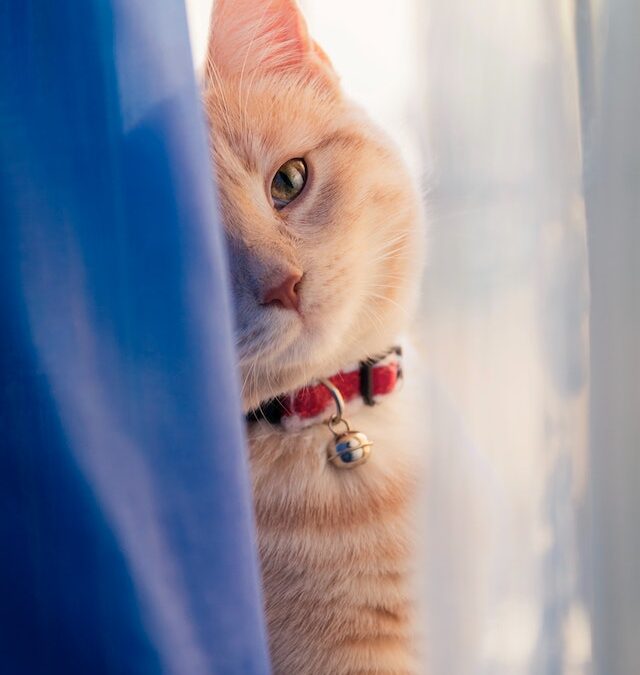Adopting a family pet is a big decision. Pet ownership comes with significant financial expense, some predictable and some not. This means you should give some thought, as well, to pet insurance. While it may sound like buying this type of coverage is the obvious thing to do, it may not be a good investment depending on your situation.
As a pet parent, you want to ensure that you’re giving your animal the proper medical care and attention. Making sure that you’ve budgeted for regular veterinary checkups to keep your feline or canine companion healthy and putting a little aside for unforeseen events is a good first step. Beyond that, determine if there is a sort of pet insurance that will meet your needs for accidents and injuries or if you plan to afford such bills yourself. Let’s explore insurance coverage further.
What Does Pet Insurance Cover?
In general, a pet insurance plan that covers accidents and illnesses will include testing, surgery, and medications for a range of situations. The usual covered health conditions and treatments include accidental injuries involving things like broken bones, foreign objects, bite wounds, poisoning and toxin exposure; prescribed medications; blood work, x-rays, MRIs, and similar diagnostic testing; cancer care, from diagnosis to treatment; diabetes and other chronic conditions; emergency care and hospital stays; hip dysplasia, hyperthyroidism, and other breed-specific hereditary conditions; illnesses such as gastrointestinal problems, glaucoma, and skin allergies; and surgery for conditions like cataracts, bloat, and torn cruciate ligaments.
You can also find plans with additional benefit coverage that will reimburse you for expenses such as acupuncture, chiropractic treatments, physical therapy, and other alternative therapies; behavior modification sessions; burial, cremation, and end-of-life care; and breeding costs. How much your particular policy will cost depends on what you want covered as well as factors like your pet’s greed, age, and location.
What Doesn’t Pet Insurance Cover?
In part, what is exempt from coverage depends on the type of plan you have. As explained in the next section, you can have a policy strictly for accidents. That said, no matter what kind of insurance you’ve bought, there are certain costs you might have to pay out-of-pocket. Here’s a rundown:
Expenses for health care interventions judged to be experimental or atypical of care standards by your pet insurance provider will not be covered by your pet insurance policy. Expect the list of what is considered experimental to be different between companies. Although your dog’s or cat’s dietary needs are not normally provided for in a pet insurance plan, in some instances you could receive money back. For example, if the animal is on a special diet or a nutritional supplement that’s prescribed by a veterinarian, a portion of the cost may qualify. This might come with a cap on the dollar figure or a time limit.
Most insurance coverage also won’t cover the following: boarding, daycare, and pet sitting; cosmetic surgeries and treatments; dog or cat licenses; grooming; neutering and spaying; routine veterinary checkups; and vaccinations and other illness prevention interventions.
If Flora or Fido had an illness or injury before you signed on for pet insurance, be aware that you may not be reimbursed for further vet bills associated with them, as they will be considered pre-existing conditions. The good news is you can find plans that include pre-existing conditions if your cat or dog hasn’t had symptoms for a certain length of time. However, this also means that you can’t wait until something happens and then get pet insurance. It’s something you plan for from the beginning of your pet ownership journey.
Is There a Difference between Policies?
As noted, policies may differ somewhat between pet insurance providers in terms of what is and isn’t covered. There are also various waiting periods, deductibles, and reimbursement amount limits to apprise yourself of. Reading the fine print before you purchase is necessary. Alternatively, you can choose an accident-only plan. This category of coverage deals with a short list of unforeseeable injuries and issues, e.g., your canine or feline ingesting something harmful, cutting its paw on glass, or sustaining a wound from an encounter with a wild animal.
The Bottom Line
Like all other expenses, the cost of veterinary care is influenced by inflation, and this adds to the uncertainty of what it will cost next time that your puppy tangles with a porcupine or your kitty has an infection. Depending on a few qualifying factors, pet insurance can assist.
If you don’t have the emergency savings to pay thousands of dollars for a serious accident or cancer care, even if your animal is young and healthy, insurance could offer you peace of mind. On the other hand, if you are pet parent to an older animal with lots of pre-existing health problems and you can afford veterinary expenses easily enough, buying pet insurance might be a waste of money. It really comes down to your personal circumstances.

